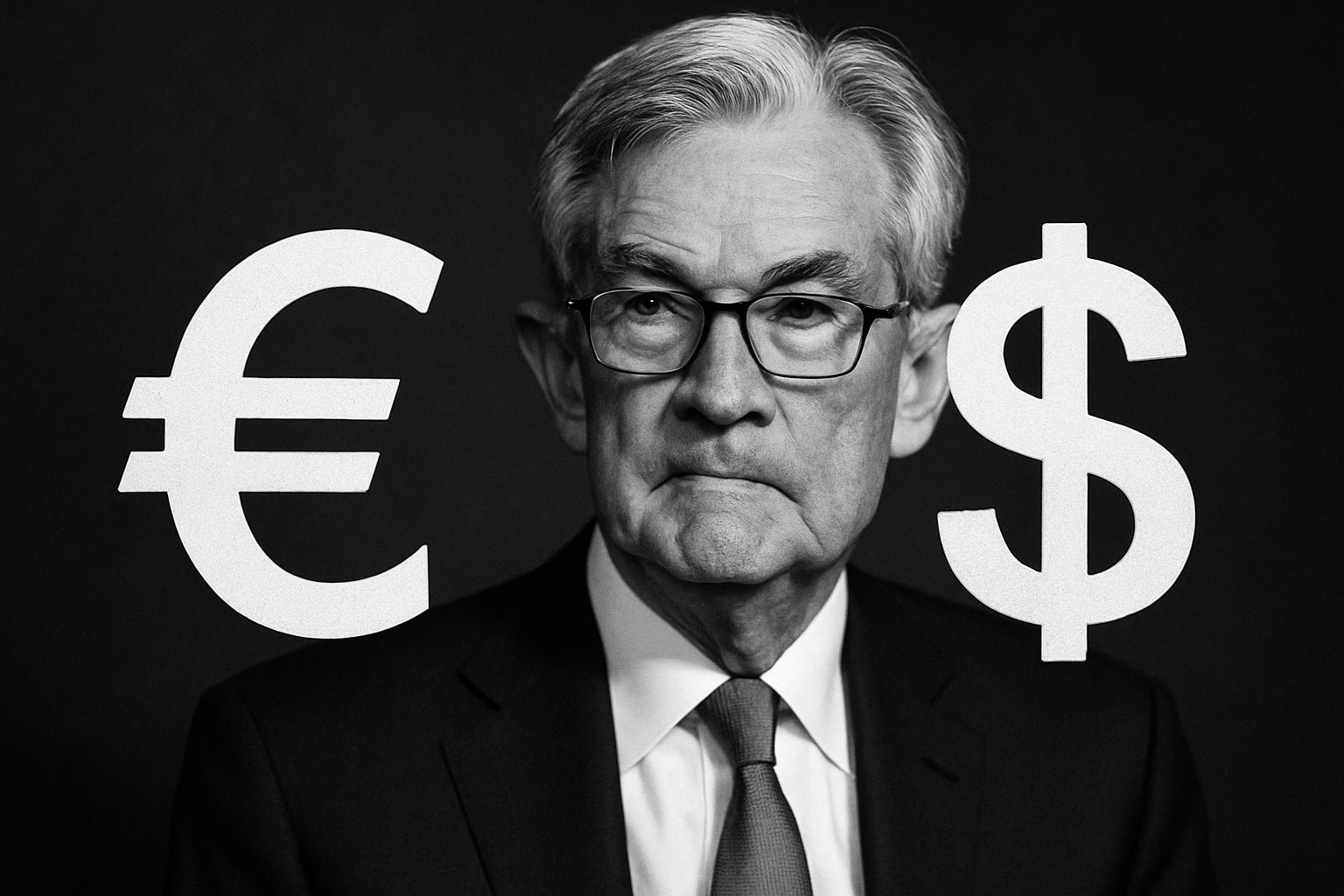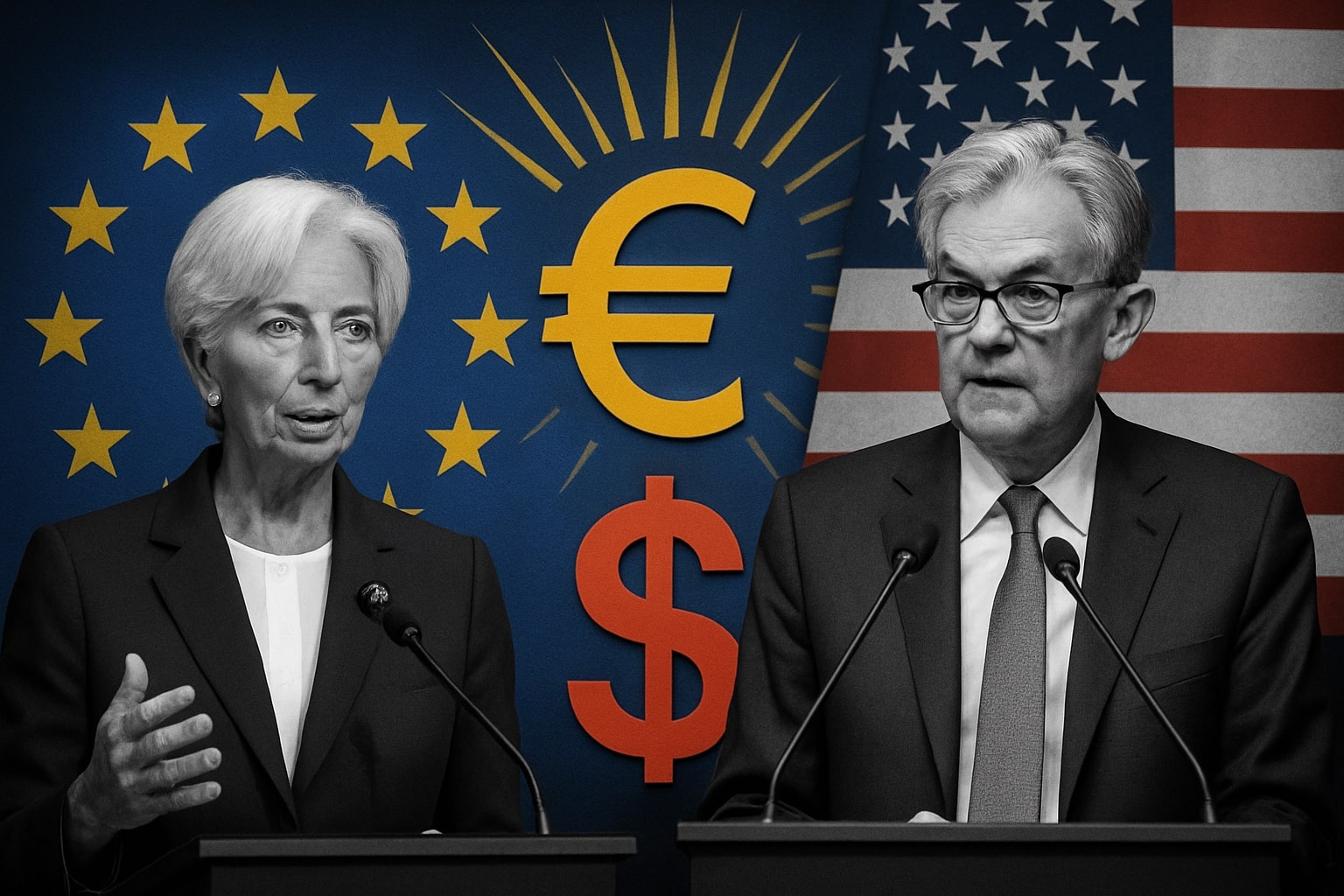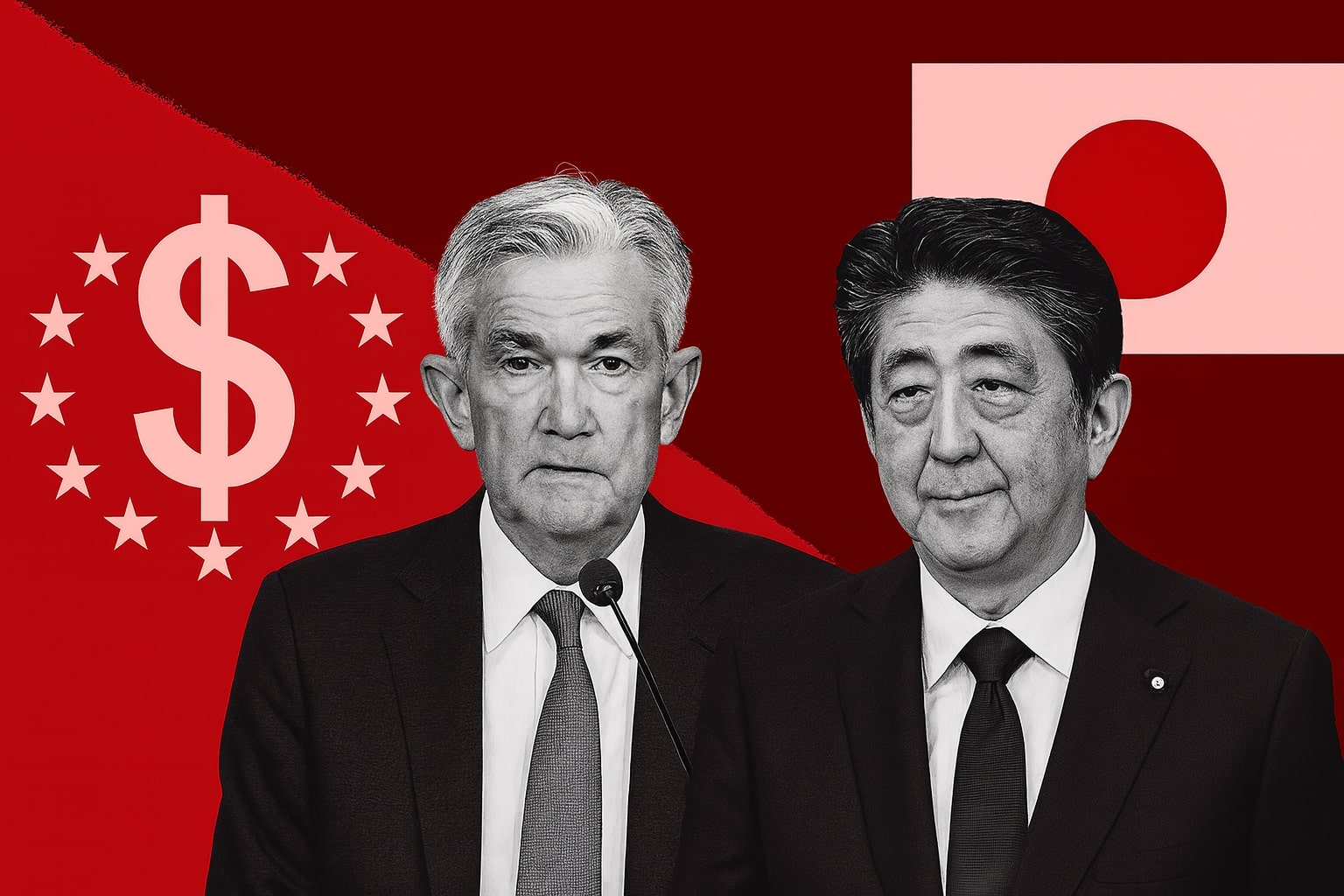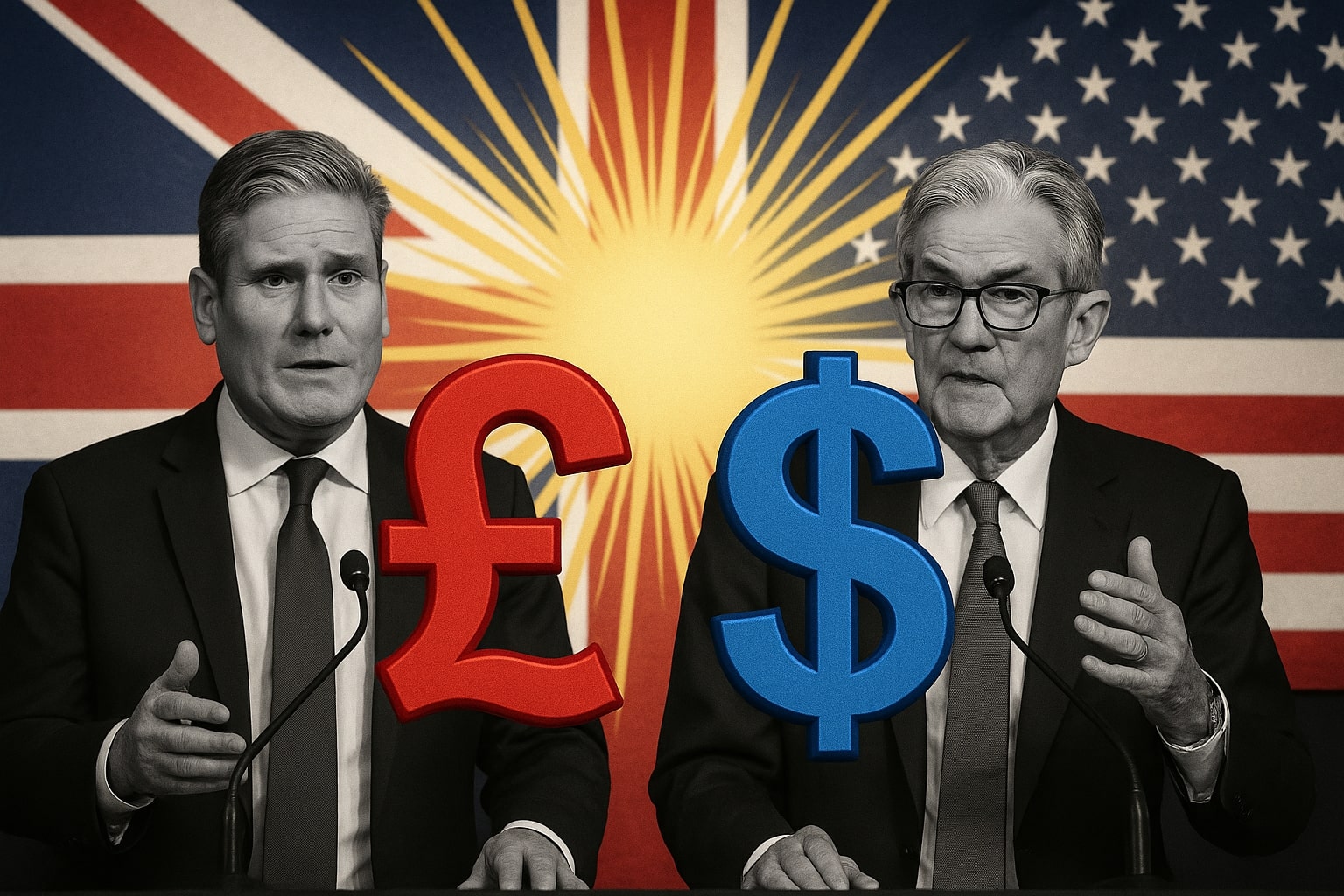EUR/USD (Euro–U.S. Dollar) Struggles for Direction as Fed Dovishness, Trade Tensions, and French Political Uncertainty Collide
EUR/USD Tests 1.1630 After Volatile Week Marked by Policy Shifts and Political Tensions
The EUR/USD pair has traded in sharp swings this week, hovering around 1.1630 after recovering from a two-month low near 1.1545. The euro’s recent rebound followed a combination of U.S. dollar softness, Federal Reserve dovish remarks, and fading political anxiety in France that had briefly shaken the common currency. The pair’s recovery, however, remains fragile as global macro drivers continue to pull in opposite directions. Traders are weighing signs of a deeper shift in the Fed’s tone, renewed trade friction between Washington and Beijing, and lingering doubts about Europe’s economic trajectory after weak industrial output data.
Federal Reserve’s Dovish Turn Puts Pressure on the Dollar
Federal Reserve Chair Jerome Powell’s comments this week were pivotal in reshaping expectations across currency markets. Speaking in Philadelphia, Powell highlighted rising concern over the U.S. labor market and downplayed inflation risks, reinforcing speculation that the Fed will cut rates by 25 basis points in October, followed by another reduction in December. The CME FedWatch Tool now reflects a 99.6% probability of a rate cut next month, effectively sealing the case for monetary easing. The shift in tone has sent U.S. Treasury yields lower, with the 10-year yield approaching 4.02%, dragging the U.S. Dollar Index (DXY) below 99.00 for a second consecutive day. A sustained break beneath the 98.40–98.70 support zone could accelerate USD weakness, favoring continued recovery for EUR/USD.
French Political Calm Reignites Euro Sentiment
Last week’s euro weakness was largely attributed to a spike in French political risk, briefly pulling EUR/USD down from 1.17 to 1.15. That move, however, is now viewed as tactical rather than structural. The 10-year OAT–Bund yield spread, a key barometer of French risk, peaked on October 6 and has since stabilized, reflecting easing concerns about early elections. French President Emmanuel Macron’s decision not to reshuffle his cabinet without parliamentary consensus has reassured investors that policy continuity will prevail. With these risks receding, market participants have returned to focusing on macro fundamentals rather than political turbulence, helping the euro regain lost ground.
U.S.–China Trade Frictions and Government Shutdown Deepen Dollar Headwinds
The ongoing U.S. government shutdown, now stretching into its third week, and the escalating U.S.–China trade confrontation have amplified bearish sentiment toward the greenback. President Donald Trump’s threats to restrict Chinese imports after Beijing halted soybean purchases reignited market volatility. China’s imposition of new port fees on U.S. vessels further strained relations, while the People’s Bank of China’s stronger yuan fix added to dollar selling pressure during Asian trading hours. Investors worry that the protracted shutdown could delay critical economic data, including CPI and retail sales figures, making it harder for policymakers and traders to gauge growth momentum. The broader impact has been a weakening of global confidence in the dollar’s near-term stability, supporting EUR/USD’s rebound.
Eurozone Data Soft but Market Sees Bottoming Signs
The latest Eurozone industrial production data showed only marginal improvement, suggesting that Europe’s growth remains subdued. However, leading indicators such as PMI readings and export surveys point to stabilization rather than renewed contraction. Investors are now positioning for a recovery into year-end, consistent with seasonal trends. Historical analysis since 1999 shows that when EUR/USD posts positive performance in the first half of the year, it finishes higher in the second half roughly 75% of the time. With 57 trading days left in 2025, many funds view the current pullback as an accumulation opportunity rather than a reversal.
Technical Landscape: Double-Bottom Recovery Signals Renewed Strength
Technically, EUR/USD has carved out a double-bottom reversal pattern on the four-hour chart, anchored by support at 1.1545. The pair is testing the 50-day simple moving average (SMA) at 1.1635, with the 200-day SMA near 1.1700 marking the next resistance barrier. A decisive breakout above 1.1660 could pave the way toward 1.1720 and 1.1775, completing the pattern’s bullish confirmation. On the downside, immediate supports lie at 1.1580 and 1.1540. Momentum indicators remain favorable—RSI near 65 and MACD trending upward—suggesting that buyers are gradually regaining control, though the pair remains vulnerable to short-term corrections if rate expectations shift again.
Market Positioning Reflects Tactical Optimism Toward EUR/USD
According to Bank of America’s latest flow data, hedge funds turned slightly net long USD after the strongest week of dollar demand this year, yet sentiment among institutional investors remains broadly bearish toward the greenback. Risk reversals in EUR/USD options slipped below zero for short maturities, indicating that traders are pricing in limited downside risk for the euro. Implied volatility has firmed but remains contained, allowing for tactical bullish exposure via three-month topside risk reversals or seagull structures at near-zero cost. With spot-to-vol correlation narrowing, strategic investors are using short-dated options to capture further upside while hedging against a sudden rebound in the dollar




















